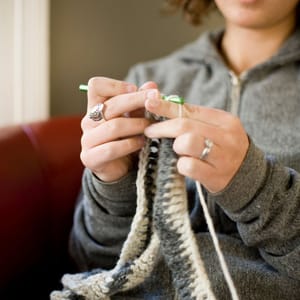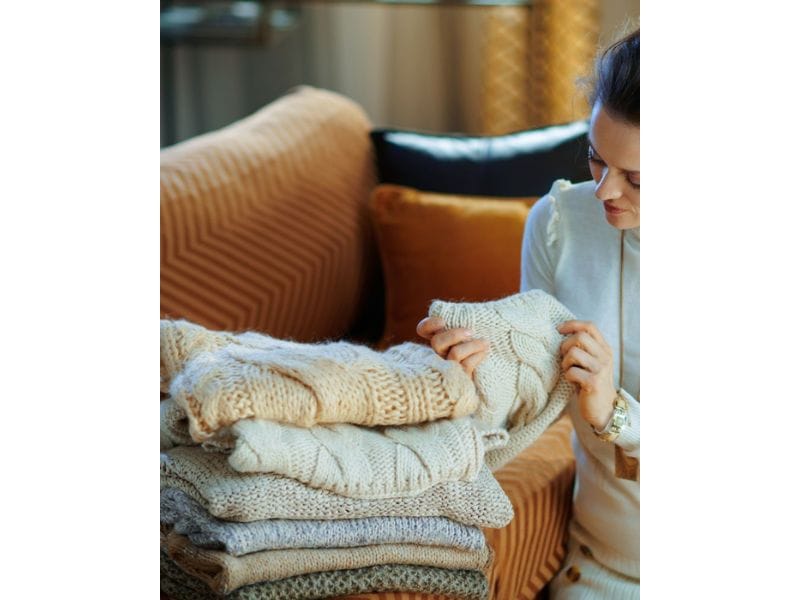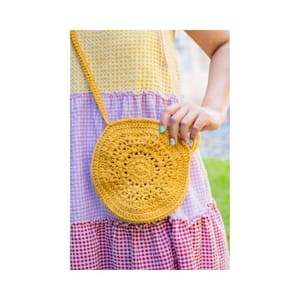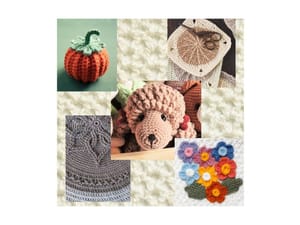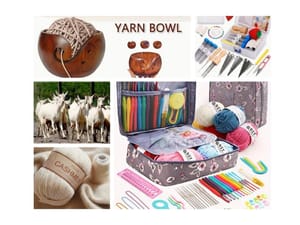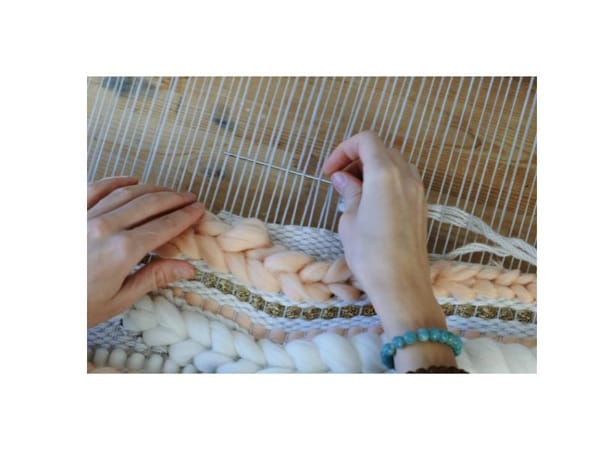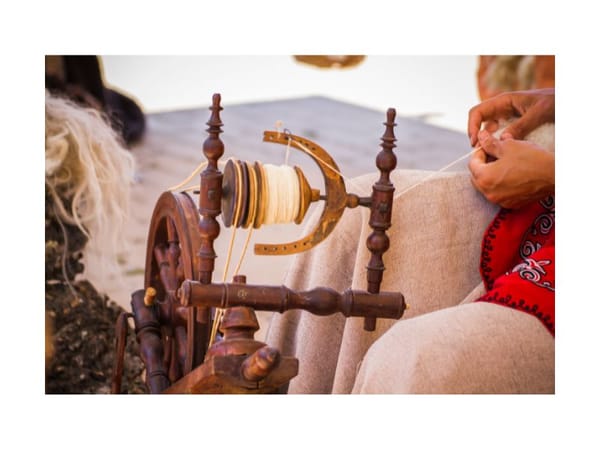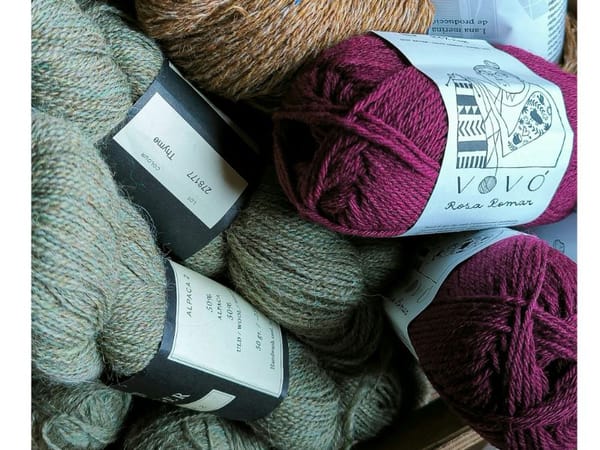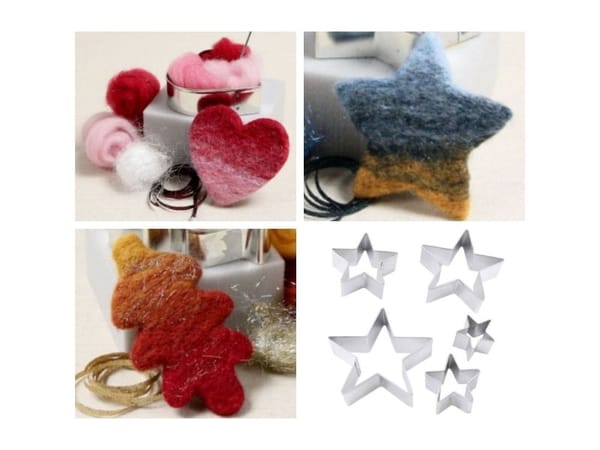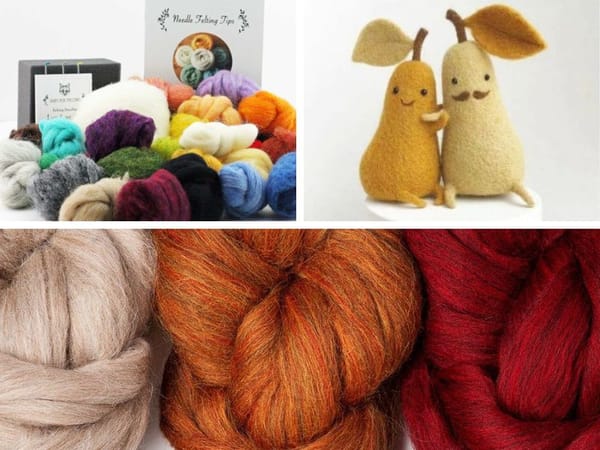Felting old wool sweaters is a creative and eco-friendly way to repurpose garments that may no longer be wearable in their original form.
This process transforms wool fibers into a compact, non-woven fabric that can be used for a variety of craft projects. Whether you're a seasoned crafter or a DIY novice, felting wool sweaters is an accessible project that can yield impressive results.
Key Takeaways:
- Wool Type Matters: Not all wool sweaters felt the same; the best results are typically seen with sweaters that have a high wool content.
- Preparation is Key: Properly preparing your wool garment for felting is crucial for achieving the desired texture and durability.
- Endless Possibilities: Felted sweaters can be transformed into numerous items such as hats, mittens, blankets, and more.
Selecting the Right Sweaters
When choosing old sweaters for felting, the wool content is critical.
Sweaters made from pure wool, such as merino, angora, or cashmere, are ideal because their fibers shrink and mesh well when subjected to heat and agitation.

Check the label for wool content; higher percentages indicate better felting potential. Sweaters that blend synthetic fibers might not shrink as desired and can lead to uneven felting.
Preparing Your Sweater
Before you start to felt wool sweaters, it's important to wash the sweater to remove any oils, dirt, or residues that might affect felting.

Use a hot cycle with high agitation and a bit of laundry soap. Adding a few laundry or tennis balls to the washing machine can increase the agitation.
After washing, air dry the sweater to assess the extent of shrinkage and prepare it for further felting (explained below) if necessary.
Caring for Felted Wool Creations
Once you've transformed your wool sweaters into beautiful, felted fabrics, proper care is essential to maintain their condition and longevity.
Felted wool is unique in that it becomes more durable and resistant to fraying than its unfelted counterpart, but it still requires gentle handling.
When cleaning your felted creations, opt for hand washing in cool water with a mild detergent. Avoid the agitation of a washing machine, which can cause further felting and shrinkage. Gently squeeze out excess water without wringing, and lay the item flat to dry, reshaping it as needed to retain its form.
In addition to careful washing, storing your wool properly is crucial to prevent damage.

Keep felted items in a cool, dry place away from direct sunlight, which can fade the vibrant colors.
For items like felted sweaters or hats, folding rather than hanging is advisable to avoid stretching the fabric.
If you're storing them long-term, consider using breathable cotton bags or wrapped in acid-free tissue paper to protect against dust and pests.
Regularly airing out stored wool can also help maintain its freshness and deter moths.
Creative Projects with Felted Wool
Felted wool, with its thick and malleable texture, is an excellent material for a variety of creative projects beyond traditional clothing.
For those who enjoy sewing, the wool can be cut into shapes and used for appliqué on other fabrics, adding a unique texture and warmth to homemade quilts or throw pillows. Since felting merges the fibers, the edges won’t fray, making it ideal for detailed work.

Additionally, the rich, often dark colors of wool provide a wonderful contrast when paired with lighter materials, creating visually striking pieces.
Another exciting way to use felted wool is in making accessories. It can be crafted into durable, stylish bags, hats, or even slippers. These projects often require little more than the felted material itself, some basic sewing supplies, and your imagination.
For instance, a shrunken sweater can be transformed into a chic tote bag or a cozy pair of winter mittens.
The natural insulating properties of wool make these accessories particularly practical for colder months, while also offering a handmade aesthetic that’s both personal and fashionable.
The Felting Process
To felt wool sweaters, though it's already gone through the wash cycle, you'll need to subject it to more agitation and heat.
This can be done by running it through a hot wash cycle again, with even more agitation.

Some crafters recommend using the hottest setting available on your washing machine.
After washing, avoid stretching the fabric and let it air dry completely. The heat, moisture, and agitation will cause the wool fibers to lock together, creating a dense, felted material.
Crafting with Felted Wool
Once your wool sweater is felted, it can be cut and used like any other fabric, without worrying about fraying edges.
This makes it ideal for a variety of crafts.

You can create cozy hats, warm mittens, or even decorative blankets. The dense texture of felted wool also makes it great for projects that require a sturdier fabric, like tote bags or laptop sleeves.
Where to Find Wool Sweaters
If you don't have sweaters at home, thrift stores are a treasure trove for finding wool garments at a low cost.

Look for sweaters with high wool content for best results.
Craft stores might also offer wool sweaters specifically meant for felting projects, though these can be more expensive.
Wrapping Up
Felting wool sweaters is a fantastic way to give new life to clothes that are past their prime.
By selecting the right type of wool, preparing the garment properly, and using a combination of heat and agitation, you can transform an old, stretched, or your shrunken sweaters into a beautiful and durable felted fabric.
The possibilities for crafting with felted wool are nearly endless, making this a rewarding project for crafters of all skill levels.
Note: I felt wool sweaters all the time (sometimes unintentionally 😖). A felted sweater can also be used as core wool for needle felting projects.

Q: Can any wool sweater be felted?
A: While most wool sweaters can be felted, the best results are typically obtained from sweaters with a high percentage of wool. Sweaters containing significant amounts of synthetic fibers may not felt well.
Q: How do I prevent my wool sweater from felting unevenly?
A: Ensure even felting by using a washing machine that provides consistent agitation and by not overcrowding the machine. Also, use hot water and a bit of laundry soap to help the fibers shrink uniformly.
Q: Can felted wool be washed?
A: Yes, felted wool can be washed, but always use cold water and minimal agitation to maintain the integrity of the felt. Air drying is recommended to prevent further shrinking.


Images Source: Canva

